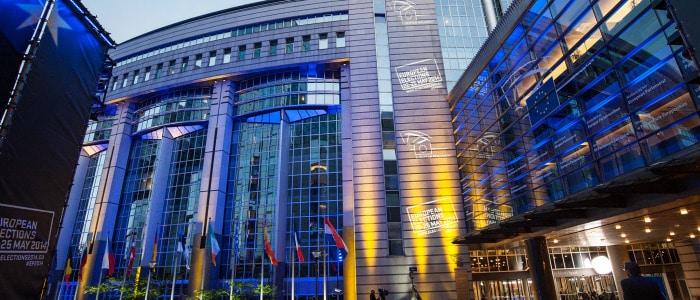Published
What We Talk about When we Talk about Trade
Subjects: European Union

Commissioner Cecilia Malmström’s Communication on European trade strategy seems to have won praises from Brussels and the capitals, with at least one head of government (PM Cameron) hailing her initiative. Trade policy is rarely a matter for heads of governments. But times are different.
At first glance, the strategy continues on the tangent of the De Gucht’s 2012 strategy (“same-same, but bigger”), but adjusted for times of TTIP-sclerosis. This is only half-true. There are two strands in the strategy, and TTIP is indeed the first: The narrative on jobs, transparency and the investment court system (ICS) is for pure housekeeping purposes: To calm the by and large misinformed opinion about what TTIP does and does not – or what it entails to live in a market economy. As my colleagues first argued the case of a transatlantic FTA since 2008, it is hard not to take pity of the difficult public diplomacy task that the Commission has been facing. It reads as a plea for 21st century agreements using 19th century arguments.
The second track in the strategy has a clear geo-economic framing: Although it is a coincidence that the TPP was concluded just a week before, the strategy is designed for a scenario where TPP gets done (while TTIP may not). This is a plan for Europe to upgrade its FTA template, and find the inroads into the new economic architecture emerging in the Asia-Pacific. Services (through TISA) and cross-border data flows is finally placed in front and centre, despite recent sensitivities over privacy and platforms. The strategy recognises the importance of Japan – with its market potential parallel to TTIP – and the necessity to tick the boxes on other TPP countries, namely New Zealand and Australia. Even Taiwan finds its place, with the announcement of an investment treaty (albeit with unknown timing).
In the past five years, ECIPE has championed all these issues as essential components in Europe’s trade policy. But we are not ahead of the curve, or possess a crystal ball. Some of the developments were simply inevitable – Europe can only play the cards it is being dealt. The missing pieces are China, and what to with a WTO without a round. Nor does it address what to do with Europe’s dead-ends, like Mercosur and India. But the Commission does not necessarily need to state a direction on these matters, or simply cannot. However, the document is decently typographed: the space between the lines is wide enough to read what is being implied.
What is your view of the new 2015 strategy communication? Comment here or join the debate on twitter @ECIPE